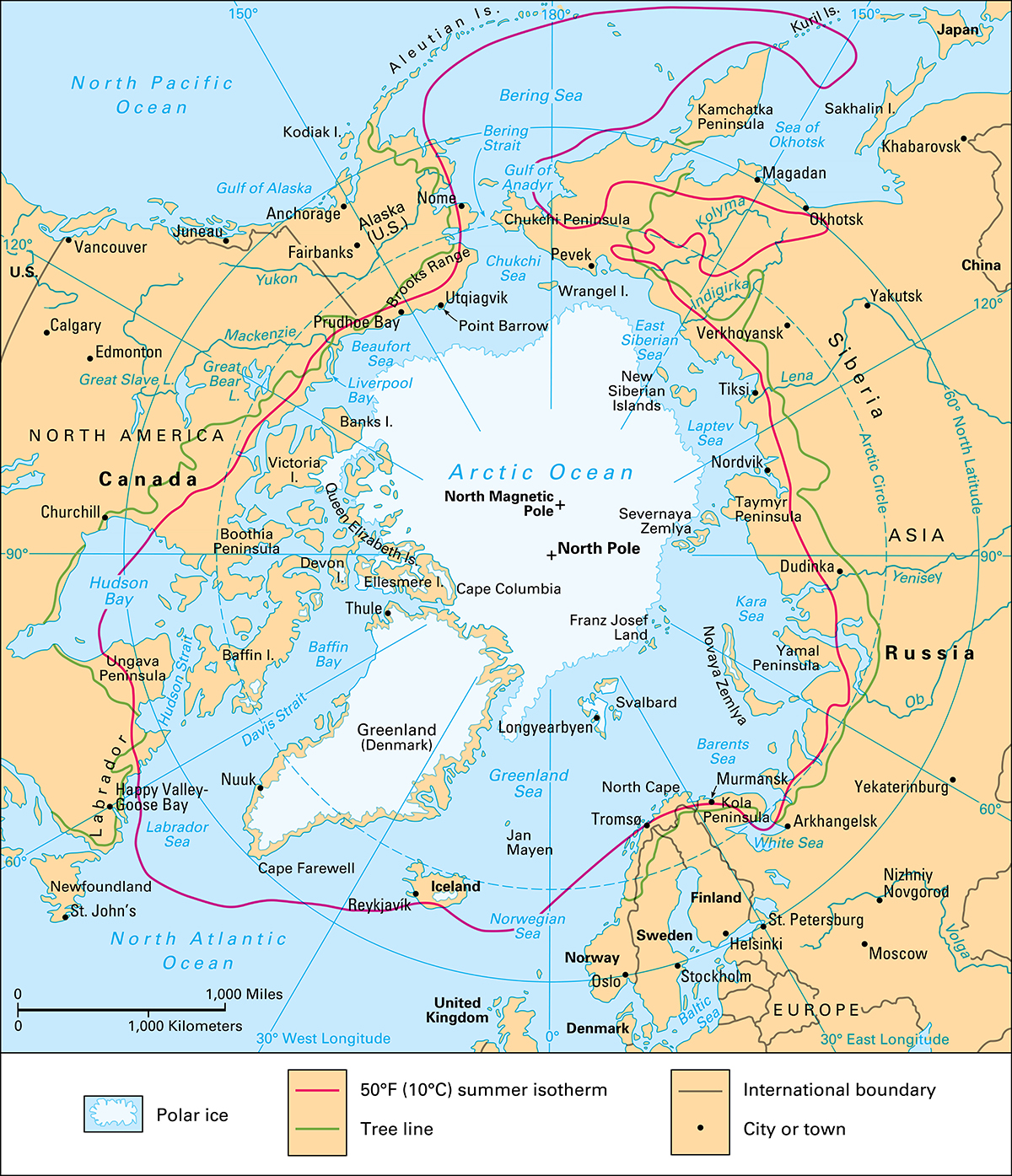Hudson, Henry (1565?-1611), was an English explorer and sea captain. He made four voyages in an attempt to discover a northern route between Europe and Asia. Hudson never found such a sea passage, but he sailed far north into the Arctic. He also explored three North American waterways later named for him—the Hudson River , Hudson Bay , and Hudson Strait.
Northern voyages.

Historians know practically nothing about Hudson’s life except for the period of 1607 to 1611, when he made his four voyages. However, it is reasonable to conclude that he developed considerable experience of the sea and sailing in the busy port of London. In 1607, the Muscovy Company, an English corporation active in Russia, hired Hudson to find a northern sea route to Asia and its profitable spice trade. European merchants and geographers believed that a ship could reach Asia by sailing north, northeast, or northwest. They thought such a route would be shorter than any other. The Arctic had not been explored, and people did not know that ice blocked the area around the North Pole.
Hudson set out from England in a ship called the Hopewell with his young son, John, and a crew of 10 men. He sailed to the east coast of Greenland , then northeast to Spitsbergen (also called Svalbard ). Spitsbergen lies only about 700 miles (1,100 kilometers) from the North Pole. Huge ice floes then forced Hudson to return to England. He told of seeing many whales in the northern waters, and his report led to English and Dutch whaling near Spitsbergen. In 1608, Hudson again tried to find a northern route, but ice again blocked the Hopewell. 
North American voyages.
The Muscovy Company lost interest in further northern exploration. In 1609, however, the Dutch East India Company hired Hudson to lead an expedition to find a Northeast Passage to Asia via the Russian Arctic. The company gave him a ship, the Half Moon, and a crew of about 20 men. Hudson realized that a northeastern route was impractical because of ice. He changed the ship’s course and crossed the Atlantic Ocean to seek a Northwest Passage through North America.

Hudson sailed as far south along North America’s east coast as what is now North Carolina. He then turned north and briefly explored Chesapeake Bay and Delaware Bay. Hudson traveled up what became known as the Hudson River to the site of present-day Albany, New York. The Netherlands based its claims to territory in North America on Hudson’s third voyage. The government of England prevented Hudson from conducting further voyages for the Dutch.
In 1610, a group of English merchants formed a company that provided Hudson with a ship called the Discovery to find a Northwest Passage. He crossed the Atlantic and arrived just off the northern coast of Labrador , now part of eastern Canada. The Discovery then reached a body of rough water, later named Hudson Strait, that led into Hudson Bay.
Hudson thought he had at last reached the Pacific Ocean, and he sailed south into what is now James Bay. But he failed to find an outlet at the south end of this bay. Ice forced the men to spend the winter there, and Hudson and his crew suffered severely from cold, hunger, and disease.
In the spring of 1611, Hudson intended to search for a western outlet from James Bay. But the crew mutinied and set Hudson adrift in a small boat with his son, John, and seven loyal crewmen. Hudson and his party were never seen again. The mutineers sailed back to England, and their report gave continued hope that a passage existed between Hudson Bay and the Pacific. England based its claim to the vast Hudson Bay region on Hudson’s last voyage. Exploration of the region led to the establishment in 1670 of the Hudson’s Bay Company , a fur-trading firm.
